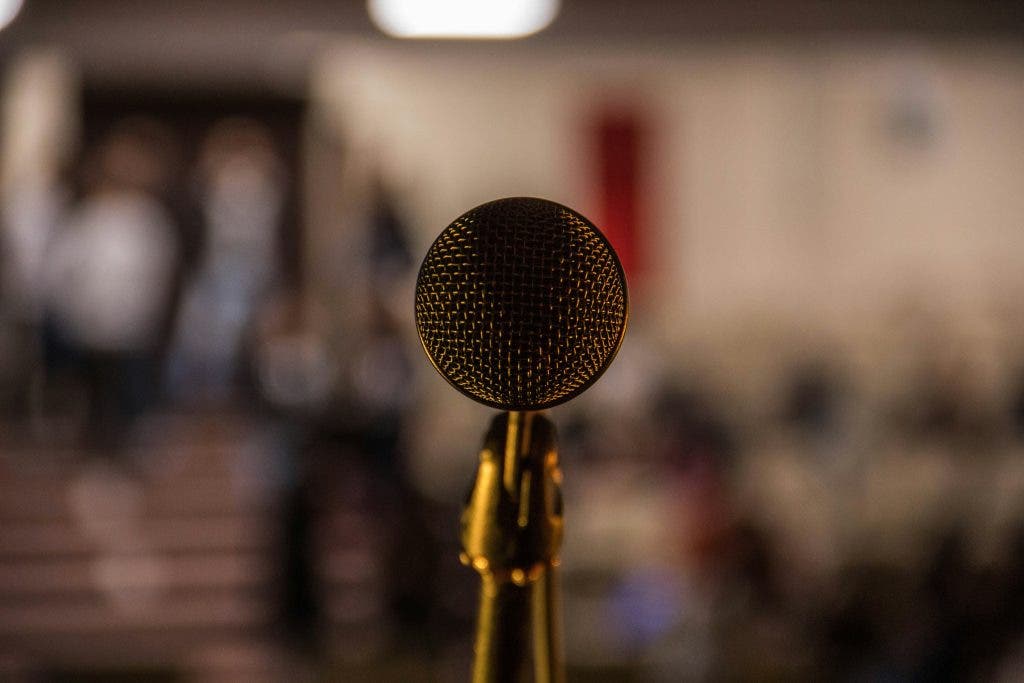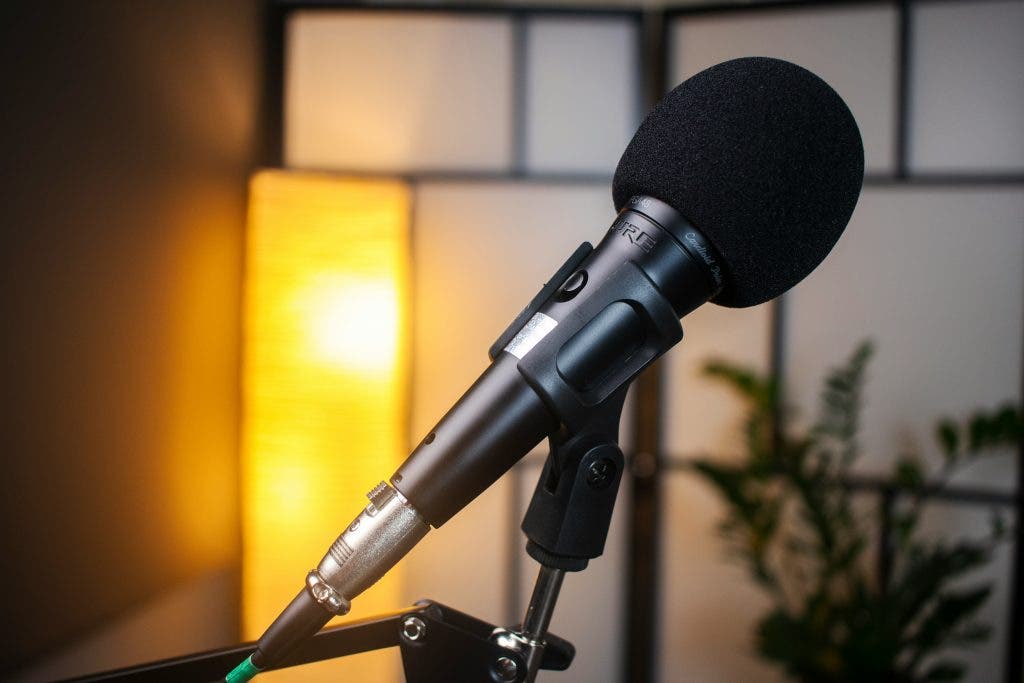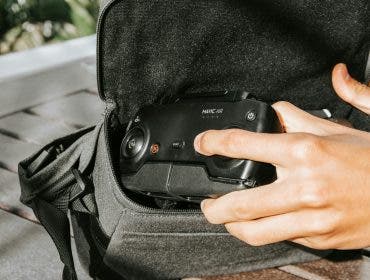The Sennheiser MKH microphones are a direct result of decades of hard work, engineering and constant innovation. Known for their unique radio-frequency or RF technology, MKH microphones set themselves apart with exceptionally low self-noise, rugged durability, and clarity that reveals every musical detail. The MKH line brings a pristine, natural sound that captures the subtle textures of voice and instruments alike. Let’s dive into why these microphones have become an essential choice, listing one reason at a time.
What makes Sennheiser MKH microphones different?
Their radio-frequency (RF) operating principle. Unlike traditional condenser microphones that directly convert sound waves into an audio signal, MKH mics use high-frequency oscillation within the capsule. Upon using, users experience extremely low impedance, allowing the microphone to handle humidity, interference, and transient sounds easily.
With RF technology, MKH mics avoid many issues common to traditional condensers. These are things like moisture sensitivity and noise from electrical interference. They’re perfect for both studio and outdoor applications!
A wide range of models for every scenario

The series has models tailored to different needs and environments. From the omnidirectional MKH 20 (which captures ambient sound with a rich full-range response) to the hyper-focused MKH 416 shotgun mic favored in film and broadcast. Each mic model is designed with specific sound characteristics and features. So, you can find the one that best meets your needs.
The MKH 8000 series is especially versatile, featuring modular designs that let you swap components for different configurations. And for those looking for advanced sound control, the MKH 800 TWIN’s dual cardioid capsules can be mixed in real time to adjust directional patterns after recording.
Can capture subtleties
MKH microphones have incredibly low self-noise, thanks to Sennheiser’s RF technology and innovative push-pull transducer design. This push-pull design minimizes distortion by balancing the diaphragm movements, which keeps tonal purity intact.
The MKH microphones are sensitive enough to capture faint details but durable enough to handle high sound pressure levels (SPL). This combination is crucial for both studio recordings and live performances, where any added noise can compromise the entire experience.
Ready for any environment

MKH microphones are designed to perform at their best anywhere. The low-impedance RF technology protects against humidity and environmental interference makes these mics a top choice for outdoor shoots, on-location recording, and humid environments.
The MKH series’ rugged design also features modular options in the MKH 8000 line. This means users can swap capsules and components without compromising the audio quality or the mic’s resilience.
They’re ideal microphones for digital audio
With a frequency response that extends up to 50 kHz, the MKH microphone series captures the extended range required by high-definition digital recordings. The MKH 800, for instance, offers a frequency response beyond the typical 20 kHz. That means it captures frequencies that contribute to the “air” and presence of a recording. For audiophiles and professionals working with high-resolution formats, let me tell you, this extended range is invaluable. It allows for detailed post-production and immersive soundscapes.
FAQs: Sennheiser MKH Microphones
The RF technology in MKH microphones minimizes moisture-related issues so they’re highly reliable in outdoor/humid conditions.
The MKH 40 (cardioid) or MKH 800 (multi-pattern) are excellent for vocals due to their low self-noise, detailed high-end, and adjustable polar patterns.
The MKH 800 TWIN features dual cardioid capsules so you can change the pickup pattern after recording.
MKH microphones can handle high sound pressure levels well without distorting. Therefore, suitable for drums, amplified instruments, and other loud sources.
Elevate your studio with Sennheiser MKH Microphones

The Sennheiser MKH microphones have set the bar so high for what professionals expect in terms of clarity, durability, and versatility. You could be in a high-stakes studio session, an outdoor film shoot, or capturing live performances, the MKH series will make sure every detail comes through with unmatched accuracy. From their RF technology to their modular adaptability, these mics are essential partners for capturing sound in its purest form.
And if you’re ready to invest in the kind of gear that elevates your audio game, check out Adorama’s range of Sennheiser microphones and audio equipment.






